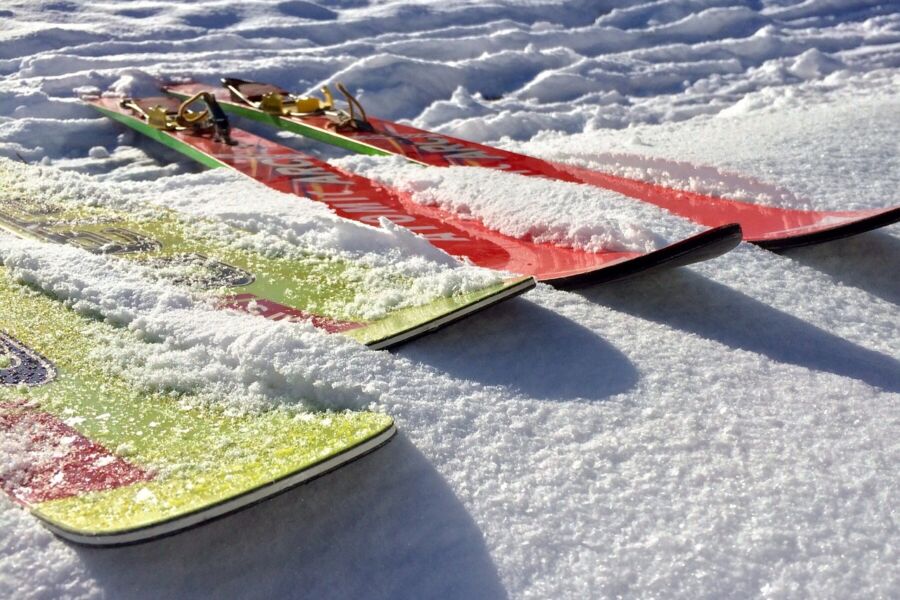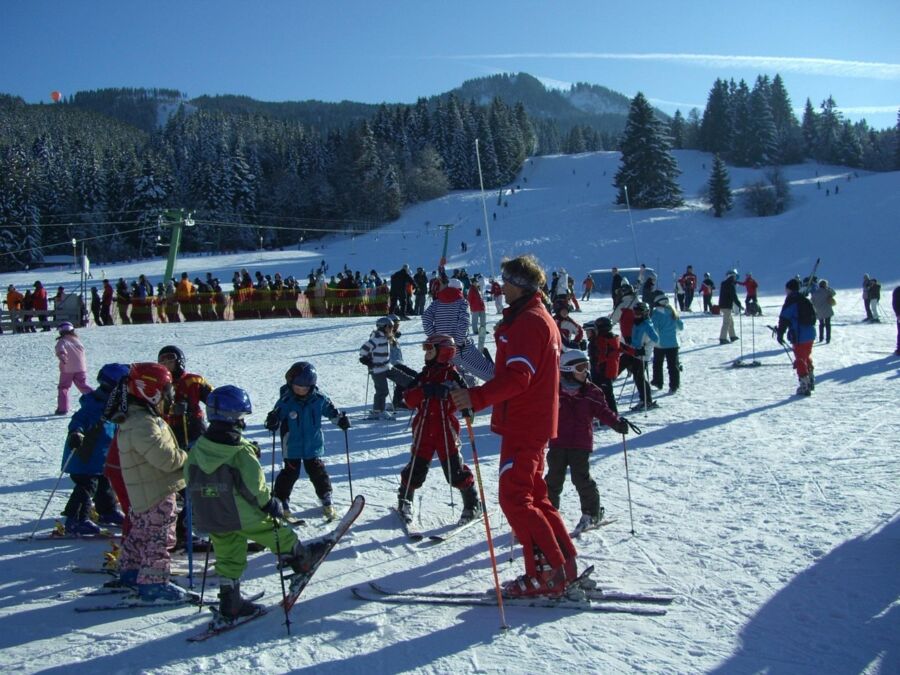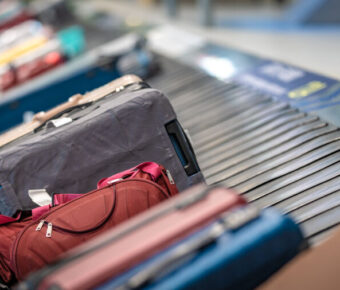
How Much Does a Ski Trip Cost? Save Big on Powder Paradise
Planning a ski trip can be exciting, but you need to know what you’re getting into financially. Ski vacations can vary widely in cost depending on many factors. Most ski trips for a family cost between $2,500 to $3,000 for four days of skiing. This price range covers the basics like lodging, lift tickets, and equipment rental.
Your final cost will depend on where you go, when you travel, and what kind of experience you’re after. Popular resorts in places like Colorado or Utah tend to be pricier, while smaller local mountains can be more budget-friendly. Traveling during peak season (usually around holidays) will also bump up the price tag.
Don’t forget to factor in extras like food, transportation, and any lessons you might want to take. With some smart planning, you can find ways to save and still have an amazing time on the slopes. Whether you’re a seasoned pro or a first-timer, there’s a ski trip out there to fit your budget and skill level.
Contents
- Key Takeaways
- Understanding Ski Trip Costs
- Choosing the Right Ski Destination
- Peak Season vs Off-Peak Season
- Accommodation Options
- Transportation and Getting Around
- Ski Passes and Lift Tickets
- Equipment Rental and Ski Gear
- Planning for Ski Lessons and Schools
- Food and Drink Expenses
- Budgeting for a Family Ski Trip
- More Travel Guides
Key Takeaways
- Ski trip costs vary based on destination, timing, and amenities chosen
- Budget-friendly options exist for those willing to be flexible and plan ahead
- Consider all expenses including gear, food, and transportation when budgeting
Understanding Ski Trip Costs
Planning a ski trip? Let’s break down the costs so you can budget wisely. Lift tickets are often the biggest expense, ranging from $100-200 per day. But don’t worry, multi-day passes can save you some cash.
Ski rentals can add up too. Expect to pay $40-60 daily for skis, boots, and poles. If you’re a newbie, factor in lessons at $50-100 per session.
Where will you rest your head? Lodging varies widely. A budget-friendly hostel might run $30-50 per night, while luxury slope-side condos can hit $500+.
Getting there matters too. Driving? Calculate gas costs. Flying? Add airfare and maybe a rental car.
Don’t forget to fuel yourself! On-mountain dining can be pricey, with lunches around $20-30. Groceries and cooking in your rental can slash food costs.
Here’s a quick breakdown for a 4-day trip:
- Lift tickets: $400-800
- Rentals: $160-240
- Lodging: $120-2000+
- Food: $200-400
- Transportation: Varies
Choosing the Right Ski Destination

Picking the perfect ski spot can make or break your trip. It’s all about finding that sweet spot between great slopes and budget-friendly options. Let’s look at how timing your visit can impact costs and fun.
Peak Season vs Off-Peak Season
Hitting the slopes in peak season means primo snow conditions, but it’ll cost you. Lift tickets and lodging prices skyrocket during holidays and weekends. You might shell out $150+ for a day pass at big-name resorts.
Off-peak is where the deals are at. Midweek in January or early March can slash costs by 30-50%. Some resorts offer sweet package deals that include lift tickets and lodging.
But watch out – spring skiing can be hit or miss with slushy snow. Early season in November might mean limited runs open. It’s a trade-off between savings and conditions.
Pro tip: Check resort calendars for “value season” dates. You’ll score better prices without sacrificing too much snow quality.
Accommodation Options

Picking a place to stay can make or break your ski trip budget. Hotels near the slopes are convenient but pricey. You might pay $200+ per night for a basic room at a ski resort.
For cheaper digs, look into condos or vacation rentals. Booking.com has lots of options. A 1-bedroom condo often costs $100-150 per night. That’s way less than a hotel, plus you get a kitchen to save on meals.
Want to really cut costs? Try a hostel. Some ski towns have them for $30-50 per night. You’ll share a room, but it’s a great way to meet other skiers.
Don’t forget about vacation rentals on VRBO. You can often find big houses to split with friends. A 4-bedroom place for 8 people might run $400 per night. That’s only $50 per person!
Location matters too. Staying in town instead of right by the lifts can save you big bucks. Just check the shuttle situation so you don’t waste time getting to the slopes.
Remember, prices spike during holidays and weekends. If you can go midweek, you’ll score much better deals on lodging.
Transportation and Getting Around

Getting to and around your ski destination can be a big part of your trip costs. Let’s look at some options.
Flying is often fastest for far-away resorts. Domestic economy flights to ski towns may run $200-500 round trip. Remember to factor in baggage fees for ski gear.
Once you land, you’ll need ground transportation. A rental car gives you freedom, but can be pricey. Expect to pay $50-100 per day for a standard car. If you’re heading to snowy mountains, you might want a 4WD SUV for better traction.
Some resorts offer shuttle services from nearby airports. This can save you money on car rentals and parking. Prices vary, but budget $30-50 per person each way.
If you’re driving from home, don’t forget to account for gas and possible tolls. Long road trips can add up!
Many ski towns have free local buses. This can save you cash on parking fees at the slopes. Just check the schedules, as service may be limited.
Taxis and ride-shares are handy for nights out. But costs add up fast in ski towns. A short ride might cost $15-25.
Remember, cheap car rentals are possible if you shop around. Compare prices and look for deals to save on your ski trip transportation.
Ski Passes and Lift Tickets
Getting your hands on lift tickets can be a big chunk of your ski trip budget. But don’t worry, you’ve got options to save some cash.
Day passes are the priciest way to hit the slopes. You might shell out $150-$200 per day at big resorts during peak season. Ouch!
Multi-day tickets can help you save. Many resorts offer 2-6 day passes that cost less per day than buying single-day tickets.
Want to ski all season? Season passes like the Epic Pass or Ikon Pass could be your best bet. They give you access to multiple resorts for one price.
Here’s a money-saving tip: buy your lift tickets early. Resorts often have “early bird” deals that can save you big bucks.
Late-season skiing is another way to cut costs. Lift ticket prices often drop in spring when there’s less demand.
Remember to check for discounts. Kids, seniors, military members, and students can often snag cheaper tickets.
Some resorts offer night skiing at reduced rates. It’s a fun way to extend your ski day without breaking the bank.
Consider smaller, local resorts too. They often have more affordable lift tickets than the big-name destinations.
Planning ahead is key to keeping your ski pass costs down. With a little research, you can find the best deal for your budget and ski style.
Equipment Rental and Ski Gear

Renting ski gear can save you money if you’re new to skiing or don’t hit the slopes often. You’ll need skis, boots, poles, and a helmet at minimum. Many resorts offer rental packages that include all these items.
Expect to pay around $25-$45 per day for basic ski rentals. A week-long rental might cost $200-$500, depending on the quality of gear and location. Renting high-end equipment or demo skis will cost more.
Some tips to save on rentals:
- Book in advance for discounts
- Rent from shops in town instead of at the resort
- Look for package deals that include lift tickets
Don’t forget about clothing! You’ll need a warm, waterproof jacket and pants, plus extras like gloves and goggles. If you don’t own these, factor in $50-$100 per day to rent a full outfit.
Buying your own gear is pricey upfront but can pay off if you ski often. A decent set of skis, boots, and poles might run $500-$1000 or more. Add another $200-$400 for a good helmet, jacket, and pants.
Remember, poorly fitting rental gear can ruin your day. Take time to get properly fitted, even if it costs a bit extra. Your comfort and safety are worth it!
Planning for Ski Lessons and Schools

Ready to hit the slopes but feeling a bit wobbly? Ski lessons can help you find your snow legs. Let’s look at what they might cost you.
Group lessons are easier on your wallet. You’ll usually pay between $75 and $225 for a half-day session. Full-day group lessons can run from $100 to $350. Prices vary based on the resort and time of year.
Private lessons cost more but give you one-on-one attention. Expect to shell out $300 to $800 for a full day with your own instructor. It’s pricey, but you’ll learn faster.
Some resorts offer package deals. These might include lessons, lift tickets, and gear rental. They can save you money if you’re planning multiple days on the mountain.
If you’re new to skiing, budget for at least a few lessons. They’ll help you stay safe and have more fun. Plus, you’ll pick up skills faster than trying to learn on your own.
Don’t forget to book your lessons in advance. Popular times like holidays can fill up quickly. You might even score an early bird discount by planning ahead.
Remember, investing in lessons now can save you money in the long run. You’ll be less likely to get hurt or damage expensive gear as you learn the ropes.
Food and Drink Expenses
Let’s talk about feeding yourself on a ski trip. It’s easy to overlook this cost, but it can really add up!
Eating out for every meal can get pricey fast. You’re looking at about $15 per person per meal. For a family of four, that’s $180 a day just on food!
But don’t worry, there are ways to save. Here are some tips:
- Pack snacks and lunch to eat on the slopes
- Book a room with a kitchenette to make some meals
- Look for lodging that includes breakfast
- Take advantage of happy hour deals for apres ski
If you’re on a tight budget, aim for $25-$50 per person per day for food. Splurging a bit? You might spend $75-$90 daily.
Remember to factor in drinks too. A hot cocoa or beer after skiing is a must! But those fancy resort cocktails can set you back $15 each.
Pro tip: bring a reusable water bottle. Staying hydrated at high altitudes is crucial, and you’ll save on overpriced bottled water.
Budgeting for a Family Ski Trip

Are you planning a ski trip for your family? Get ready for an awesome adventure, but be prepared – it can hit your wallet hard! Let’s break down the costs so you can ski without breaking the bank.
Lift tickets are often the biggest expense. A family of four should expect to shell out $300-$400 per day. Ouch! But don’t worry, there are ways to save.
You can look for deals on multi-day passes or consider smaller resorts with lower prices. Some places even offer free skiing for kids under 12 with a paying adult.
Lodging is another big-ticket item. Ski-in/ski-out condos are super convenient but pricey. You might save by staying a bit farther from the slopes.
Here’s a quick breakdown of daily costs for a family of four:
- Lift tickets: $300-$400
- Lodging: $200-$500
- Food: $100-$200
- Equipment rental: $100-$200
That adds up fast! But with some smart planning, you can trim those costs.
Pack lunches instead of eating at pricey slope-side restaurants. Rent gear off-mountain or bring your own if possible.
And don’t forget about transportation. Driving can be cheaper than flying, especially if you’re within a day’s drive of the mountains.
Remember, timing is everything. Prices skyrocket during holidays and peak season. If you can, go mid-week or early/late season for the best deals.
With some savvy budgeting, you can create amazing family memories without emptying your bank account. Happy skiing!


